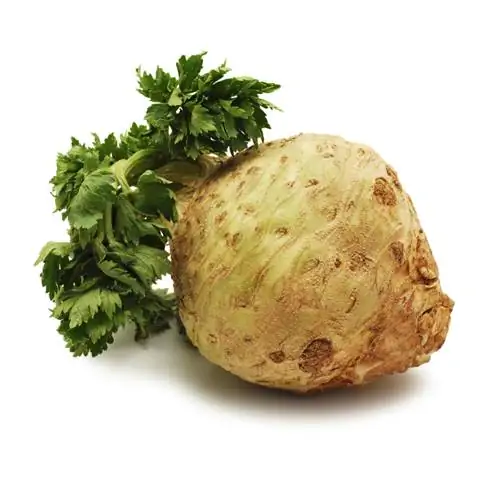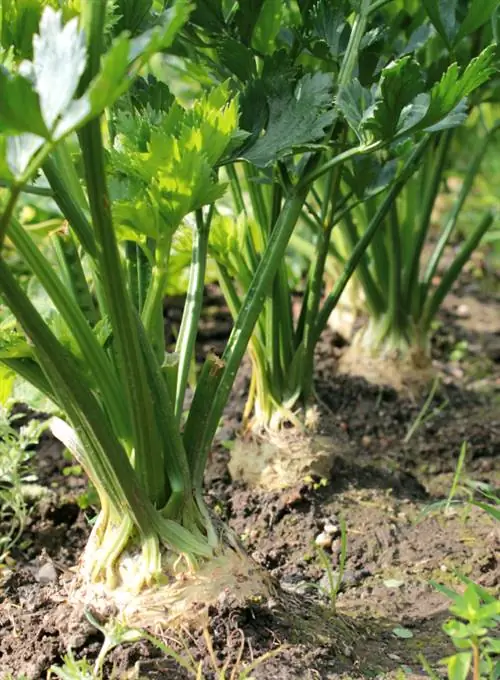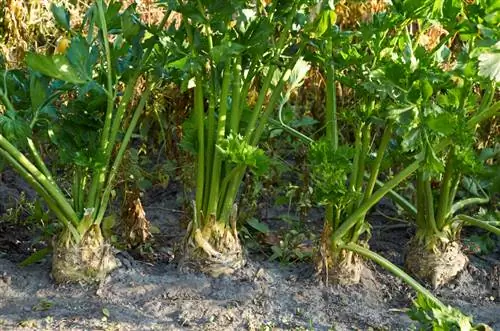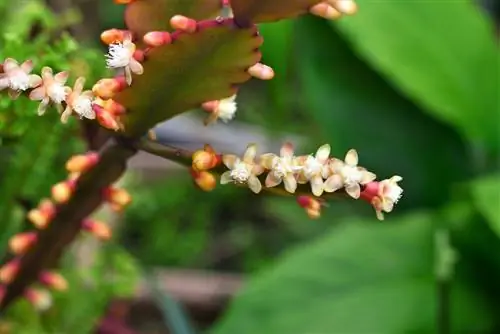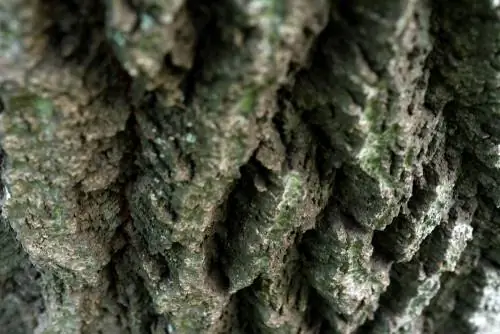- Author admin [email protected].
- Public 2024-02-02 01:04.
- Last modified 2025-06-01 06:02.
Apium graveolens L. - the real celery is hidden behind this pleasant Latin name. It was already cultivated in ancient Greece and is used here as a medicinal and vegetable plant. Celeriac and celery stalks are grown in the home garden. There are different varieties of both on offer.
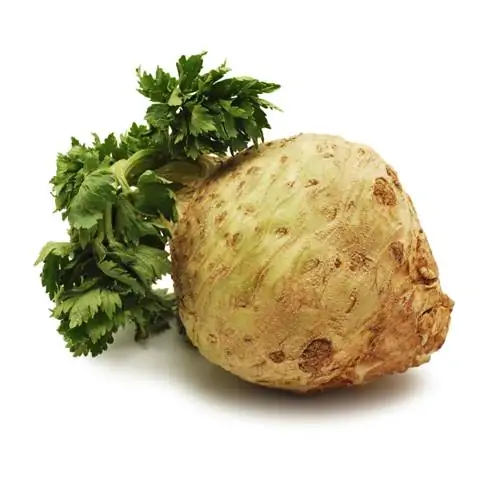
Which types of celery are there in your home garden?
There are two main types of celery grown in the home garden: celery, valued for its long, fleshy petioles, and celeriac, used for its round tubers and herb. There is also cut celery as a seasoning herb.
Celery or celeriac - what is the choice?
Celery or celery gets its name from its long, fleshy petioles. The petioles are eaten raw or cooked. Harvest time is from June to October. Some varieties of celery bleach on their own, making their stems more tender.
The celeriac harvest only begins in August. But that lasts until December. The round tubers and the herb are consumed.
Both celery and celeriac thrive in our home gardens. Which celery you choose certainly depends on your taste.
If space in the garden bed is limited, celery has an advantage because it takes up less space than celeriac. Celery is suitable for growing in containers.
Cut celery
Because of its strong taste, cut celery is used as a seasoning herb. Its leaves can be used fresh, dried and frozen. Varieties are “Gewone Snij” and “Amsterdamse Donkergroene/Safir”. The cut celery can overwinter under a polytunnel.
Popular varieties of celeriac
- Prinz: white, firm meat, very productive, mildly spicy taste, resistant to shoots, also for the greenhouse
- Ibis: smooth, white-fleshed tuber, nutty taste, bolt-proof
- Mars: thick, green-white tubers, resistant to celery rust
- Biancho del Veneto: late ripening variety, white skin, white flesh, lush leaves
- Giant Prague: large, white-fleshed tubers, sweet taste
- Monarch: very large, light-colored tuber, mild, nutty taste
These are the types of celery stalks
-
Tango: juicy, green stems with a fine, spicy taste, tolerant to bolting, side shoot formationand leaf spot disease
- Elne: fleshy, smooth leaves, subtle spice
- Spartacus F1: early ripening, upright growing, low shoot inclination, resistant to diseases, also as pale celery
- Giant golden celery: fleshy, wide stalks
- Gigante Dorato: full, firm ribs, early to medium ripe
Tips & Tricks
Old varieties should be grown for particularly aromatic celery. Old varieties have a smaller, more aromatic bulb and darker flesh. The “Wiener Riesen” celeriac is available as seeds.

